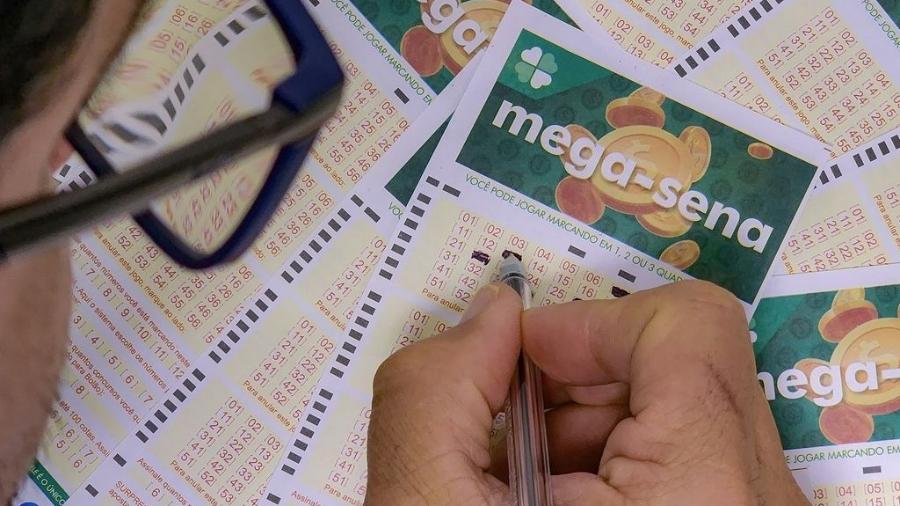Após falar que tem 'autoridade total', Trump muda tom sobre reabrir EUA

Donald Trump mudou hoje o tom de seu discurso sobre a economia e distribuiu mais poder aos governadores. Ontem, o presidente afirmou ter "autoridade total" para determinar a reabertura do país.
Em coletiva realizada hoje na Casa Branca, Trump declarou que em breve vai apresentar aos governadores detalhes e orientações para que os EUA voltem ao normal.
Ele pontuou, desta vez, que os governadores determinarão seus próprios planos. E, embora tenha dito que vai autorizar as ações, não houve em suas declarações nenhuma evidência de que os governadores serão tão dependentes ao chefe do Executivo.
Trump disse que vai "autorizar cada governador de cada estado a implementar um plano forte de reabertura".
O presidente também afirmou que em breve conversará com todos os 50 governadores sobre os planos e que está estudando a possibilidade de alguns estados abrirem a economia antes de 1º de maio.
Os EUA já ultraaram a marca de 600 mil casos confirmados de infecções pelo novo coronavírus, anunciou hoje a Universidade Johns Hopkins, que vem monitorando a covid-19 em todo o mundo.
Ainda foram registradas 2.228 mortes relacionadas à pandemia nas últimas 24 horas. O número aponta um novo recorde de óbitos confirmados em um dia no país. A marca anterior tinha sido no dia 10 de abril, com 2.074 mortes.

















ID: {{comments.info.id}}
URL: {{comments.info.url}}
Ocorreu um erro ao carregar os comentários.
Por favor, tente novamente mais tarde.
{{comments.total}} Comentário
{{comments.total}} Comentários
Seja o primeiro a comentar
Essa discussão está encerrada
Não é possivel enviar novos comentários.
Essa área é exclusiva para você, , ler e comentar.
Só s do UOL podem comentar
Ainda não é ? Assine já.
Se você já é do UOL, faça seu .
O autor da mensagem, e não o UOL, é o responsável pelo comentário. Reserve um tempo para ler as Regras de Uso para comentários.